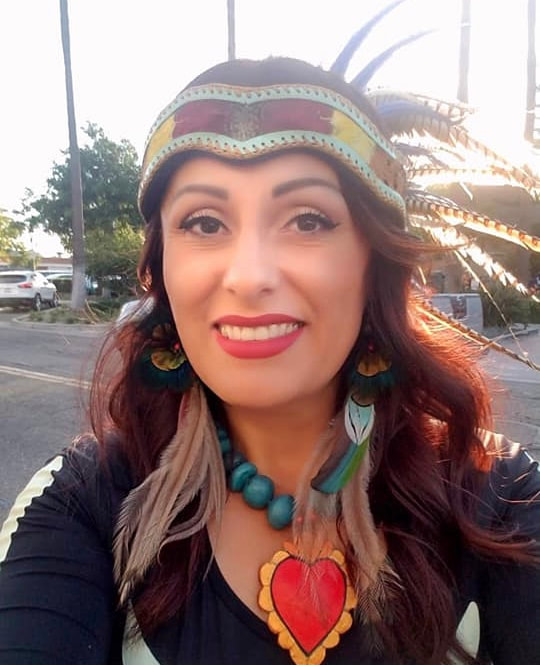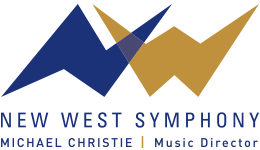
Tour of Mexico
May 23, 2021
Veronica Xochitl Valadez
Aztec Dance Performance
Veronica Xochitl Valadez is an advocate of Ethnic Studies, playing a key role in developing culturally relevant curriculum for K-16 classrooms. Born to Mexican immigrants, Valadez is the first in her family to attend university, earning a Master’s Degree in Chicana/o Studies at CSU Northridge. A skilled and passionate educator, Valadez is also a maestra and cabeza within the tradition of Danza Azteca.
Valadez performs Danza Mexicayotl along with “Danza Tlaloc Ollin” a student group at CSU Channel Islands operating under the umbrella of “Resistencia Mexicayotl Chalchiutlicue.” This type of dance is a precolonial dance form purely indigenous to central Mexico. The first dance is called Quetzalcoatl, meaning feathered serpent, which represents the duality of sky/bird and earth/snake, and also represents precious knowledge. Quetzal is the name of a bird and also means beautiful or precious, and coatl means snake or serpent and also represents knowledge. The performance always opens with the dance as a way to ask for permission from our ancestors, mother earth, and the four directions to begin the ceremony. The second dance is called Antigua, meaning Ancient One, and is dedicated to elders and ancestors as a way to honor them and to ask that they continue to guide us on our journey.
The instruments used include: Huehuetl, a drum carved out from a single piece of tree trunk usually about 16-20 inches in diameter and covered with animal skin; Atecocolli, the word for conch shell in Nahuatl, the Aztec language; Sonajas (rattles) and Chachayotes, which are worn around the ankles and made of leather and hollow seed pods from the ayayote tree, and make a sound that represents rain and happiness. Dancers sometimes use flutes as well.
